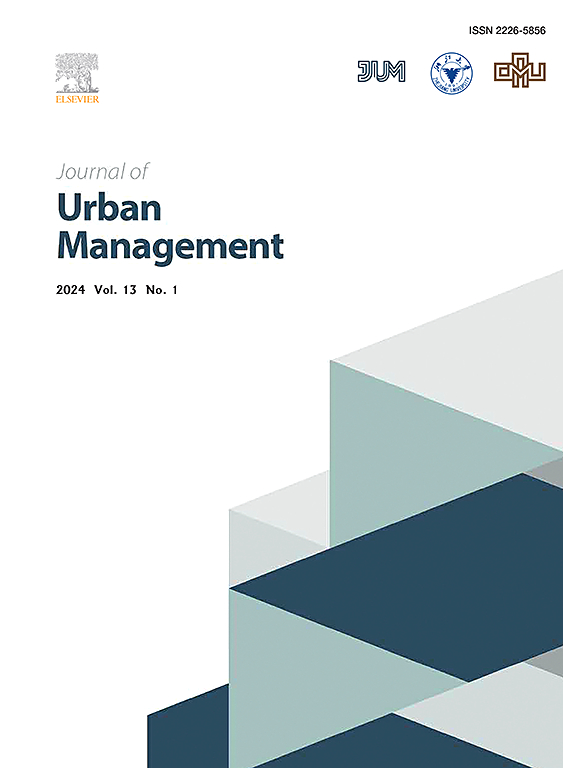The factors in assessing “good houses” are multidimensional
IF 5
2区 社会学
Q1 URBAN STUDIES
引用次数: 0
Abstract
This paper examines the key factors in evaluating a "good house." When designing and constructing a house, safety must be a priority throughout the entire process. Based on the characteristics of the intended user group, potential health and hygiene risks should be minimized, and the spatial configuration of living facilities should be thoughtfully planned. From a long-term perspective, the house should accommodate various user behaviors while balancing cost-effectiveness and visual appeal. Additionally, a well-equipped community with strong interpersonal relationships and a prime location contributes significantly to the overall convenience of a “good house.” Beyond its function as real estate, a house also holds cultural and financial value, both of which influence its evaluation. As societal needs evolve, factors such as energy efficiency, environmental sustainability, personalized design, and the ability to support multiple concurrent activities will increasingly shape the standards for evaluating a “good house.”
评估“好房子”的因素是多方面的
本文考察了评估“好房子”的关键因素。在设计和建造房屋的整个过程中,安全必须是优先考虑的。根据预期用户群体的特点,尽量减少潜在的健康和卫生风险,并精心规划生活设施的空间配置。从长远的角度来看,房子应该适应各种用户行为,同时平衡成本效益和视觉吸引力。此外,一个设备完善的社区,拥有良好的人际关系和优越的地理位置,对“好房子”的整体便利性有很大的贡献。除了作为房地产的功能外,房屋还具有文化和金融价值,这两者都会影响其评估。随着社会需求的发展,诸如能源效率、环境可持续性、个性化设计以及支持多个并发活动的能力等因素将越来越多地塑造评估“好房子”的标准。
本文章由计算机程序翻译,如有差异,请以英文原文为准。
求助全文
约1分钟内获得全文
求助全文
来源期刊

Journal of Urban Management
URBAN STUDIES-
CiteScore
9.50
自引率
4.90%
发文量
45
审稿时长
65 days
期刊介绍:
Journal of Urban Management (JUM) is the Official Journal of Zhejiang University and the Chinese Association of Urban Management, an international, peer-reviewed open access journal covering planning, administering, regulating, and governing urban complexity.
JUM has its two-fold aims set to integrate the studies across fields in urban planning and management, as well as to provide a more holistic perspective on problem solving.
1) Explore innovative management skills for taming thorny problems that arise with global urbanization
2) Provide a platform to deal with urban affairs whose solutions must be looked at from an interdisciplinary perspective.
 求助内容:
求助内容: 应助结果提醒方式:
应助结果提醒方式:


